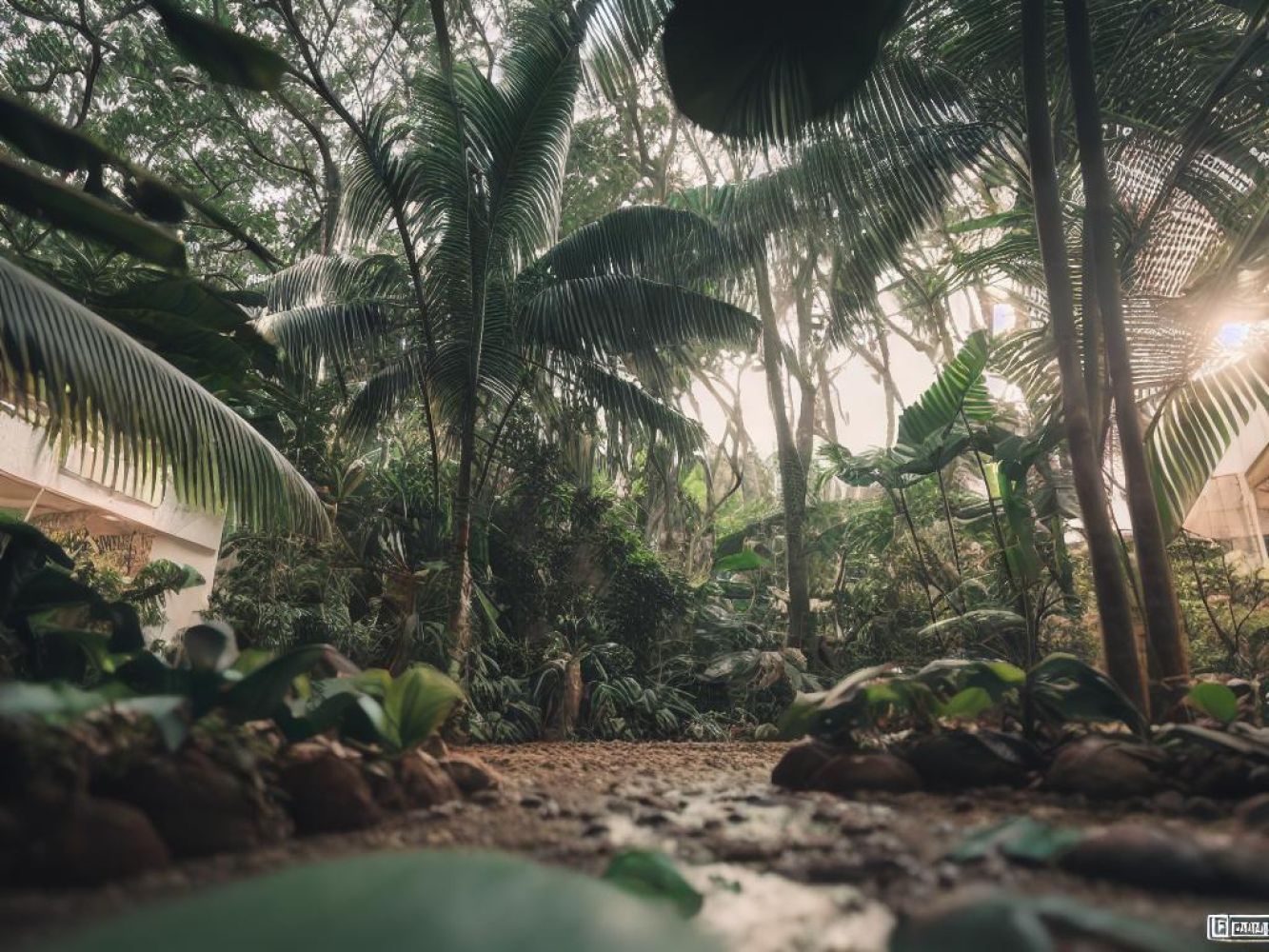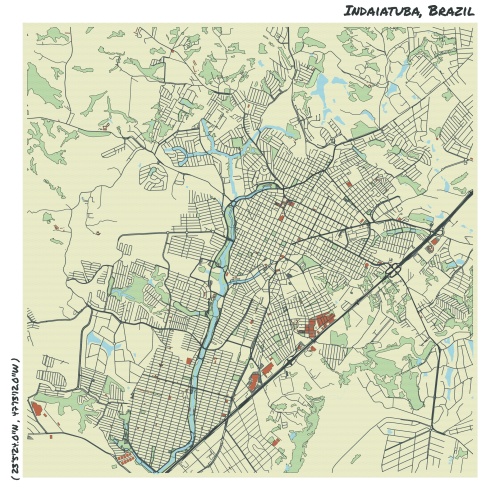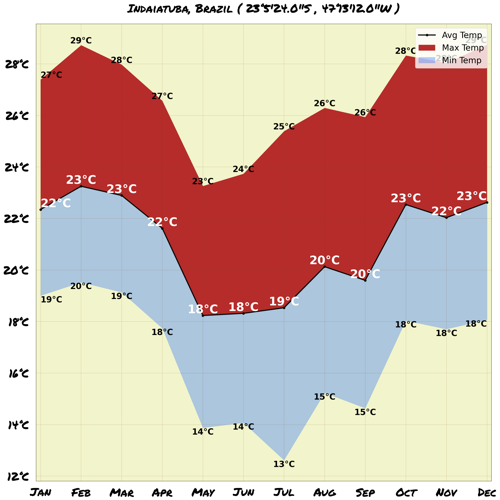Understand
Indaiatuba, a municipality whose name derives from the tupi-guarani language, showcases a rich history and diverse vegetation. Originally known as "Cocais" due to the abundance of a palm tree called "indai," the city later adopted the name Indaiatuba, meaning "many indais." Immigrants from Switzerland, Germany, Italy, Spain, and Japan arrived in the 19th and 20th centuries, contributing to the city's growth and cultural diversity. Today, Indaiatuba thrives with a mix of agriculture, manufacturing, and small industries. From its humble beginnings to a bustling city, Indaiatuba continues to evolve, with a population that has steadily increased over the years.
Map & Climate
Popular Foods
 Feijoada is a traditional Brazilian stew made with black beans and various meats, typically including pork, sausage, and beef. It's cooked slowly with onions, garlic, and spices, resulting in a rich and hearty dish. Often served with white rice, orange slices, and farofa (toasted cassava flour).
Feijoada is a traditional Brazilian stew made with black beans and various meats, typically including pork, sausage, and beef. It's cooked slowly with onions, garlic, and spices, resulting in a rich and hearty dish. Often served with white rice, orange slices, and farofa (toasted cassava flour).  Pão de queijo, also known as Brazilian cheese bread, is a popular snack or appetizer made with tapioca flour and cheese. These small, round balls have a crispy exterior and a soft, cheesy interior. Commonly filled with cheese like mozzarella or minas cheese, they can be enjoyed warm or cold.
Pão de queijo, also known as Brazilian cheese bread, is a popular snack or appetizer made with tapioca flour and cheese. These small, round balls have a crispy exterior and a soft, cheesy interior. Commonly filled with cheese like mozzarella or minas cheese, they can be enjoyed warm or cold.  Moqueca is a seafood stew originating from the northeastern region of Brazil. It consists of fresh fish, shellfish, coconut milk, onions, tomatoes, and regional spices, cooked in a single pot. Usually served with white rice, it showcases the abundance of seafood found along Brazil's extensive coastline.
Moqueca is a seafood stew originating from the northeastern region of Brazil. It consists of fresh fish, shellfish, coconut milk, onions, tomatoes, and regional spices, cooked in a single pot. Usually served with white rice, it showcases the abundance of seafood found along Brazil's extensive coastline. 




Comments
NO COMMENTS